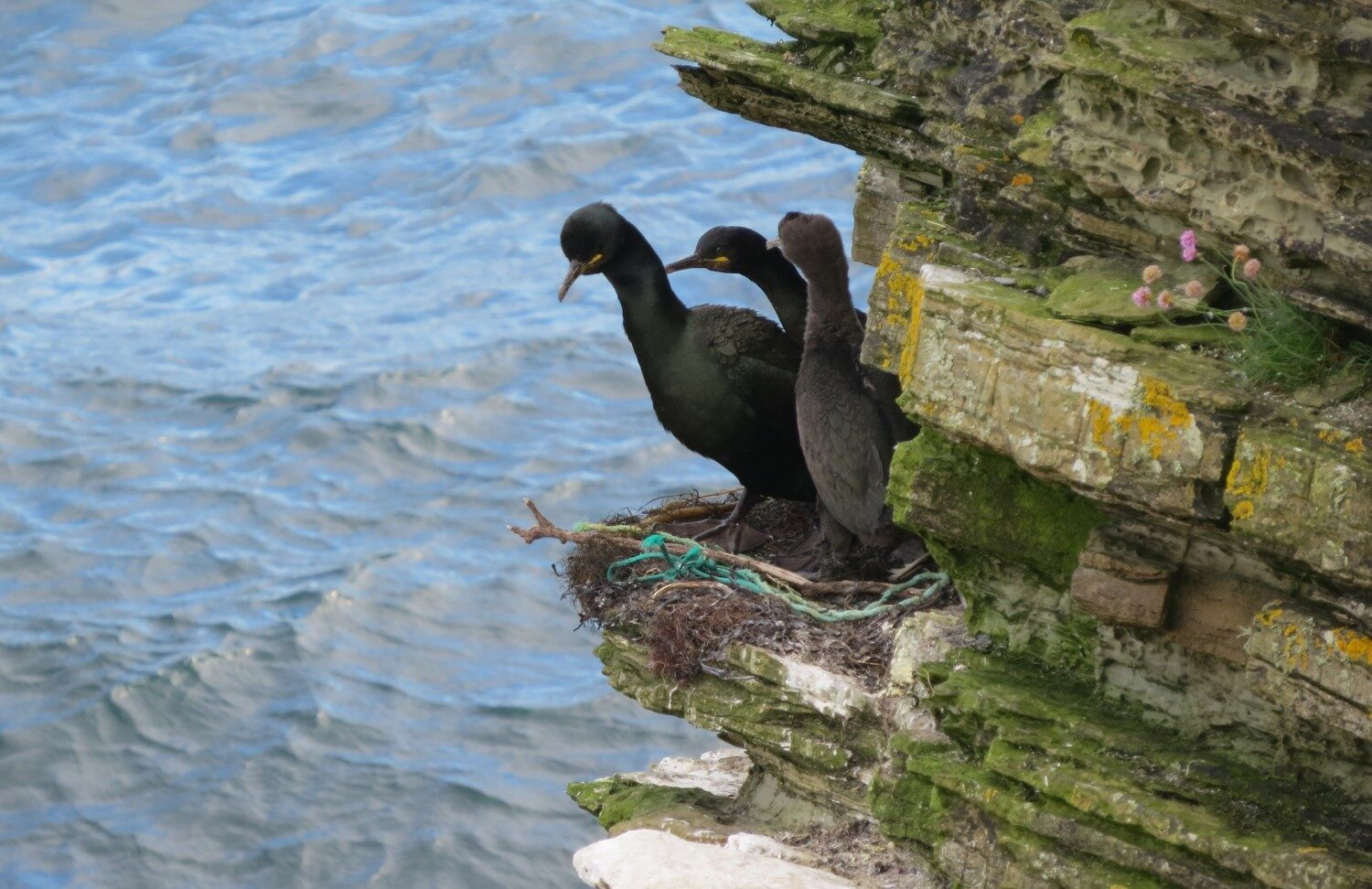New report highlights impact of marine plastic pollution on seabirds
A new report has highlighted the threat marine plastic pollution poses to seabirds across Northwest Europe. Researchers examined 10,274 nests across the UK, Norway, Iceland, Sweden and the Faroe Islands, finding that 12% of nests contained plastic debris. Atlantic Puffins were found to be most affected by the issue, with 67% of the species’ nests including plastic.
The four-year study was led by scientists at North Highland College UHI’s Environmental Research Institute, part of the University of the Highland and Islands. The team asked observers who were visiting seabird colonies for other monitoring activities to help gather data as a cost effective and environmentally friendly way to conduct the study. Information was collected from 14 seabird species in 84 colonies between 2016 and 2020.
Dr Neil James, a Post-Doctoral Research Associate at the Environmental Research Institute, was one of the scientists involved in the project. He explained: “Marine plastic pollution is an increasing global environmental issue which poses a threat to marine biodiversity. Seabirds are particularly affected by because of the risk of entanglement or ingestion. Our study found that a significant number of nests included plastic debris, with some species more likely to incorporate it than others. As well as providing important information about our seabird populations, this type of study can also reveal valuable insights into the prevalence of plastic in the marine environment.”
The results of the study have been published in the Marine Pollution Bulletin. You can access them at https://doi.org/10.1016/j.marpolbul.2021.112706
